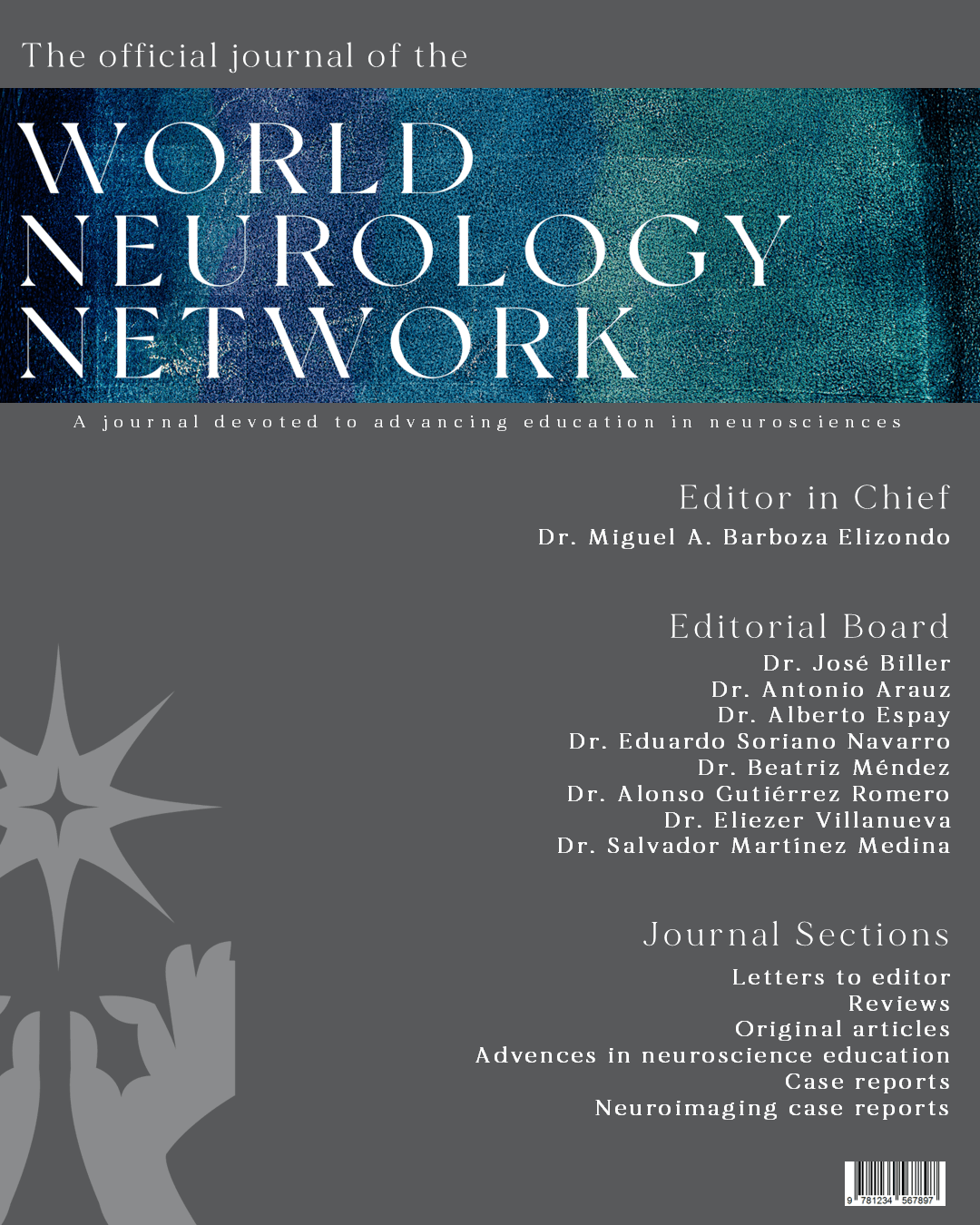The 2024 European Committee for Treatment and Research in Multiple Sclerosis (ECTRIMS) conference marked a significant milestone in the field of neurology. Researchers unveiled revised diagnostic criteria for multiple sclerosis (MS) that promise to enhance diagnostic accuracy and enable more tailored treatment strategies. These updates reflect the latest scientific advancements and are poised to transform the clinical approach to this complex neurological condition.
One of the key changes involves a redefinition of the clinical and radiological parameters used to diagnose MS. The revised criteria emphasize early detection of the disease by integrating advanced imaging techniques and biomarkers. This proactive approach aims to reduce the time to diagnosis, which is crucial for initiating timely treatment and potentially altering the disease course.
The new criteria also place a greater focus on distinguishing MS from other neurological disorders with similar presentations. By refining the guidelines for lesion identification and distribution, the updated criteria reduce the risk of misdiagnosis, ensuring that patients receive the most appropriate care. This precision is expected to improve patient outcomes and enhance the quality of life for those living with MS.
Another significant aspect of the revisions is the emphasis on individualized patient care. The criteria now incorporate personalized risk factors and disease characteristics, allowing for a more customized approach to treatment. This shift towards precision medicine is expected to revolutionize the way clinicians manage MS, offering hope for better management and prognosis.
Overall, the revised diagnostic criteria unveiled at ECTRIMS 2024 represent a major leap forward in the understanding and management of multiple sclerosis. As these new guidelines are adopted in clinical practice, they have the potential to change the landscape of MS care, ushering in a new era of precision and personalized treatment.






